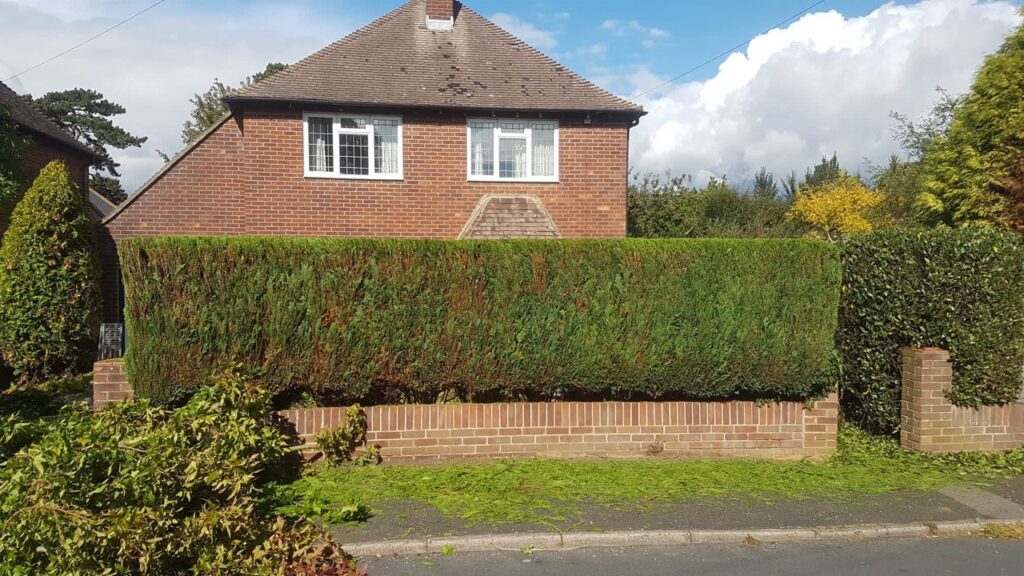Strengthening Canopies: Tree Crown Reduction Techniques for Managing Trees in High-Wind Zones
In the dynamic landscape of urban forestry, trees stand as resilient sentinels, weathering the elements and anchoring our green spaces against the forces of nature. Yet, trees face unique challenges in regions prone to high winds that demand strategic management practices to ensure their stability and longevity. Amidst these challenges, tree crown reduction emerges as a proactive strategy for managing trees in high-wind zones, fortifying canopies and enhancing resilience against turbulent weather conditions. Join us as we explore the symbiotic relationship between tree crown reduction and the management of trees in high-wind zones, unravelling how this practice promotes safety, sustainability, and vitality within our urban forests.
Understanding Trees in High-Wind Zones:
Trees in high-wind zones are subjected to increased stress and strain from sustained winds, gusts, and turbulent weather patterns. These conditions can exacerbate structural weaknesses, compromise branch attachments, and increase the risk of limb failure or tree collapse. To mitigate these risks, proactive measures are essential to strengthen tree canopies and enhance their ability to withstand the rigours of high winds.
The Role of Tree Crown Reduction:
In urban forestry, tree crown reduction serves as a strategic intervention to optimise trees’ structural integrity and stability in high-wind zones. By selectively reducing the size and density of the canopy, arborists can minimise wind resistance, alleviate stress on branches, and mitigate the risk of wind-induced damage or failure. This targeted approach enhances the tree’s ability to withstand high winds and promotes balanced growth and vitality in challenging environments.
Implementing Tree Crown Reduction for High-Wind Zones:
- Assessment of Wind Exposure: Arborists thoroughly assess trees in high-wind zones to identify potential risks and vulnerabilities. Factors such as tree species, age, health, and proximity to structures are evaluated to inform targeted management strategies.
- Selective Branch Removal: Arborists employ crown reduction techniques to remove branches that may pose risks during high winds selectively. By reducing canopy density and redirecting growth away from vulnerable areas, arborists enhance the tree’s stability and resilience against wind-induced stress.
- Structural Support: Besides crown reduction, arborists may implement structural support measures such as cabling or bracing to reinforce weak branch attachments or mitigate the risk of limb failure. These interventions provide additional stability and enhance the tree’s ability to withstand the forces of high winds.
- Regular Maintenance: Monitoring and maintenance are essential for managing trees in high-wind zones. Arborists conduct periodic inspections to assess tree health, structural integrity, and the effectiveness of management interventions. Regular pruning and crown maintenance ensure trees remain resilient and prepared for turbulent weather conditions.
Conclusion: In the face of unpredictable weather patterns, tree crown reduction emerges as a vital strategy for managing trees in high-wind zones, promoting safety, sustainability, and vitality within our urban forests. By integrating targeted pruning techniques into tree care practices, arborists can fortify canopies, mitigate risks, and enhance the resilience of trees against the challenges of high winds. As stewards of our urban landscapes, let us embrace the transformative power of tree crown reduction, nurturing trees towards a future of strength, beauty, and sustainability.
Call us on: 01767 668 993
Click here to find out more about Sandy Tree Surgeons
Click here to complete our contact form and see how we can help with your tree’s need.

